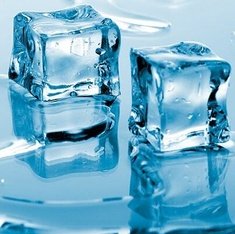Featured Quizzes
User Quizzes
Create Quiz
Data and Charts
Badges and Games
About JetPunk
JetPunk Shop
Dark Mode

States of Matter
Can you name all the states of matter?
Rate:
Last updated: July 10, 2022
You have not attempted this quiz yet.
More quiz info >>
| First submitted | July 10, 2022 |
| Times taken | 8 |
| Average score | 16.0% | Report this quiz | Report |
7:00
Escribe respuesta aquí
0
/ 25 guessed
Time Used
00:00
Best Time
00:00
The quiz is paused. You have remaining.
Scoring
You scored / = %
This beats or equals
% of test takers
also scored 100%
The average score is
Your high score is
Your fastest time is
Keep scrolling down for answers and more stats ...
|
|
No comments yet
New and Popular
Save Your Progress
Copyright H Brothers Inc, 2008–2024
Contact Us | Go To Top | View Mobile Site
